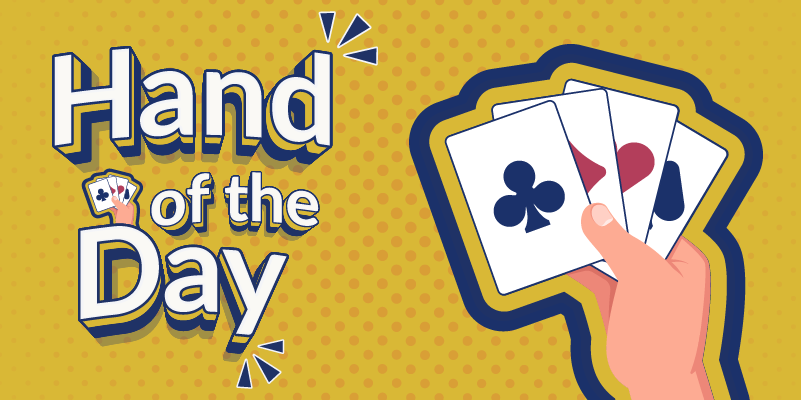



The Aces On Bridge by Bobby Wolff
Today's deal from the old days was played by Dr John Fisher of Dallas, who won the McKenney trophy for the most masterpoints earned in a year in 1973, and was a great doctor as well as a bridge player. He was one of Barry Crane's regular partners, and together they formed a fearsome pair.
Opening Lead: ♦K
After a strong jump response, Fisher played four spades, but he had reached that contract in an informative auction that got West off to the best attack. The incisive lead of the diamond king saw East encourage and West continue with his second diamond. East won his ace, cashed the queen, then played a fourth diamond. Fisher ruffed high and cashed the spade ace and king.
When the spade 10 fell, he decided to play East for two trumps remaining. He took the heart ace and king; then the heart queen, which he ruffed in hand, the start of a grand coup.
The club queen to dummy’s king left a three-card ending where South had the Q-7 of spades and the club ace, while East had the 8-6 of spades and the 13th diamond. When Fisher led a winning heart from dummy, what could East do? If he ruffed in, declarer would overruff and draw trump. He chose to discard, so Fisher pitched his club ace and led another heart to achieve the trump coup at trick 12.
Bid with the aces
Answer: 3♠
Once partner shows a club suit, you can describe your big club fit and spade shortage by jumping to three spades. This is a splinter raise, putting your partner in position to decide on the appropriate level and strain in which to play. One caveat: will your partner know that is what this call should mean? Yes — with hearts and spades, you would just bid two spades now, wouldn't you?
This Hand of the Day was originally published on aces.bridgeblogging.com.




I want to learn transfers.